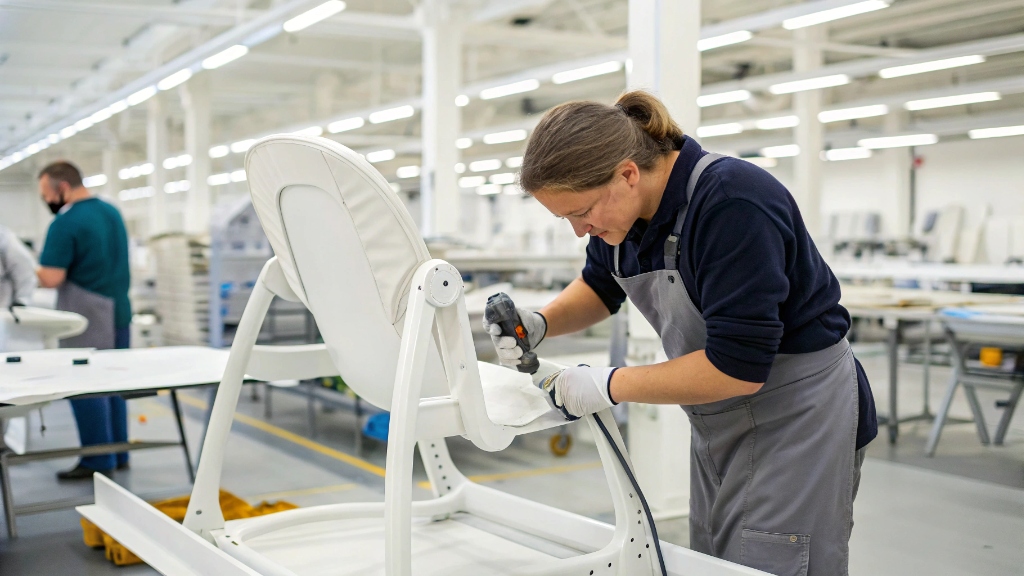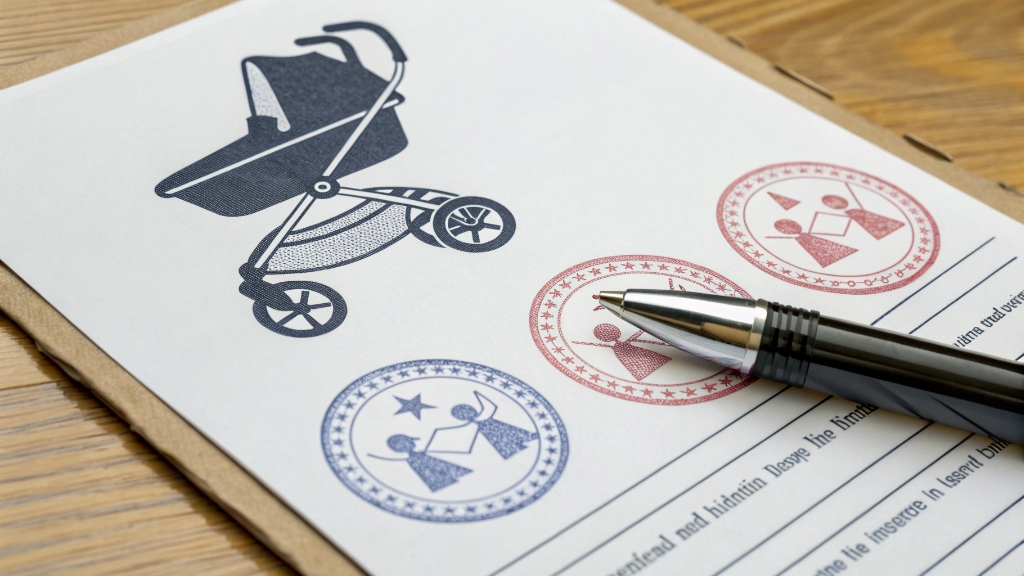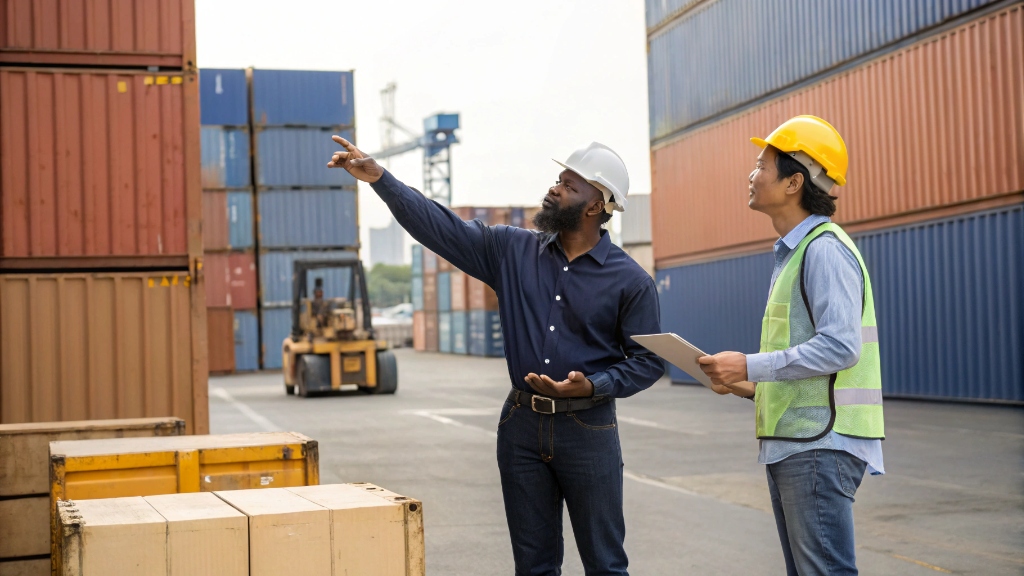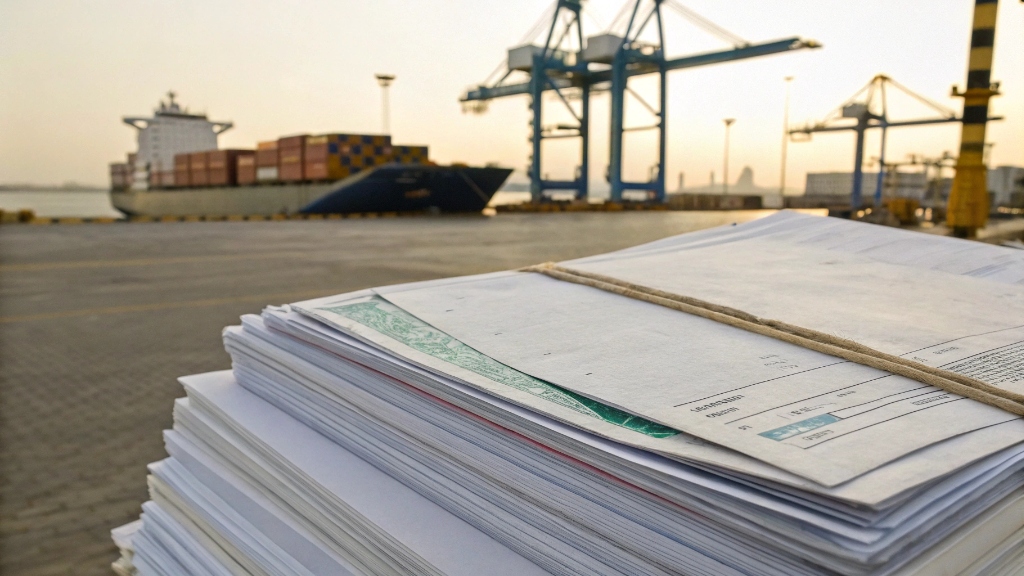There’s been a lot of talk about manufacturing moving away from China. But will this really happen with children’s products like strollers and high chairs? I have my doubts.
The children’s product industrial chain is unlikely to completely leave China due to its comprehensive supply chain and cost-effectiveness. While some manufacturing may shift, China will likely remain a major player.
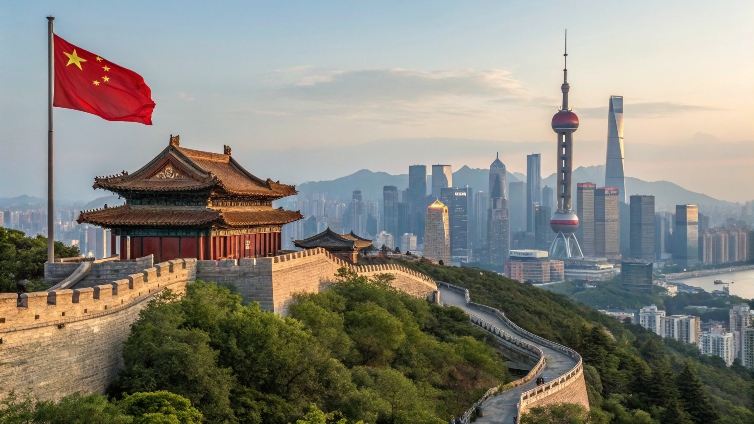
I’ve worked in manufacturing for years, and I’ve seen firsthand how integrated China’s supply chain is. It’s a powerhouse for production. Moving the entire industry elsewhere is a massive undertaking.
Besides China, Where Else Can I Source Strollers, High Chairs, and Other Children’s Products?
If you’re looking for alternatives to China, several other countries manufacture children’s products.
Alternative sourcing locations for children’s products include Southeast Asia (Vietnam, Indonesia), Mexico, and some Eastern European countries.
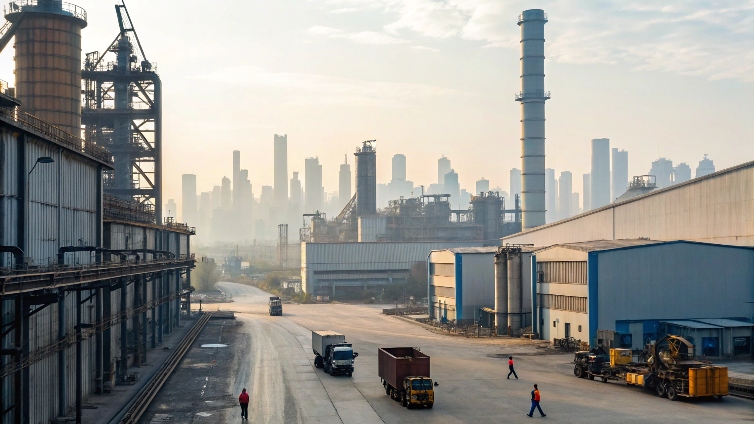
Alternative Sourcing Locations:
| Region | Examples of Countries | Notes |
|---|---|---|
| Southeast Asia | Vietnam, Indonesia | Growing manufacturing hubs |
| North America | Mexico | Closer proximity to US market |
| Eastern Europe | Poland, Romania | Lower labor costs compared to Western Europe |
I’ve been exploring sourcing options outside of China. It’s a complex process with lots of factors to consider.
What are the Advantages and Disadvantages of Strollers and High Chairs from Other Countries?
Sourcing from different countries comes with its own set of pros and cons. It’s a trade-off.
Sourcing outside China might offer benefits like reduced tariffs or geopolitical diversification. However, it can also mean higher labor costs, longer lead times, and potentially less developed supply chains.
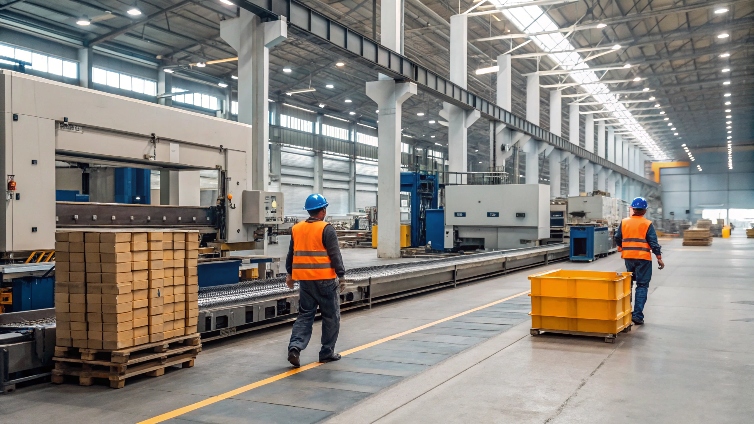
Comparing Sourcing Options:
| Feature | China | Other Countries |
|---|---|---|
| Cost | Generally lower | Potentially higher |
| Supply Chain | Highly developed | Potentially less developed |
| Lead Times | Can be shorter | Potentially longer |
| Tariffs/Regulations | Subject to trade wars | May offer preferential trade agreements |
| Geopolitical Risk | Concentrated | More diversified |
I’ve learned that there’s no perfect solution. Each sourcing option has its own set of challenges and opportunities. Careful consideration is key.
Diving Deeper into Sourcing Considerations:
It’s essential to do your homework when considering sourcing options. Here’s a more in-depth look at some key factors:
Labor Costs: While labor costs in China have been rising, they often remain lower than in many developed countries. This cost difference can significantly impact the final price of goods.
Supply Chain Maturity: China’s extensive and mature supply chain allows for efficient production and quick turnaround times. Other countries may have less developed supply chains, leading to potential delays and logistical challenges.
Transportation and Logistics: Shipping from China can be complex and time-consuming. Sourcing from countries closer to your target market can reduce shipping times and costs.
Quality Control: Consistent quality control is crucial for children’s products. Evaluate the quality control processes of manufacturers in different countries to ensure they meet your standards.
Political and Economic Stability: Consider the political and economic climate of potential sourcing locations. Instability can disrupt production and lead to supply chain disruptions.
I’ve encountered unexpected issues with sourcing in the past. Thorough research and due diligence are essential to avoid costly mistakes.
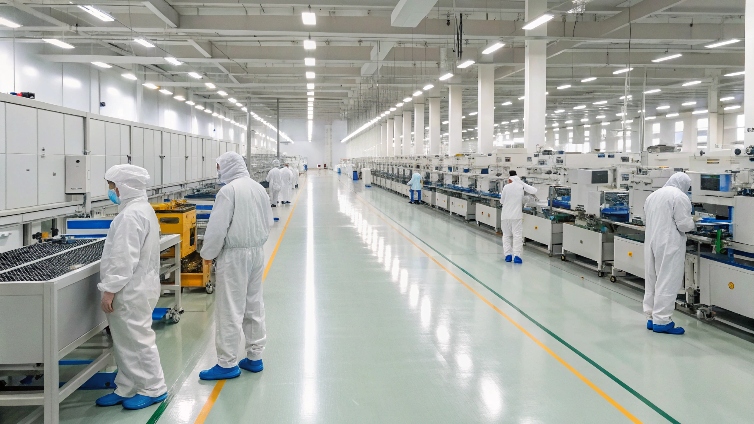
Conclusion
While some manufacturing may shift to other countries, China’s comprehensive industrial chain makes it unlikely that the children’s product industry will entirely leave. Alternative sourcing locations offer both advantages and disadvantages that require careful consideration.


